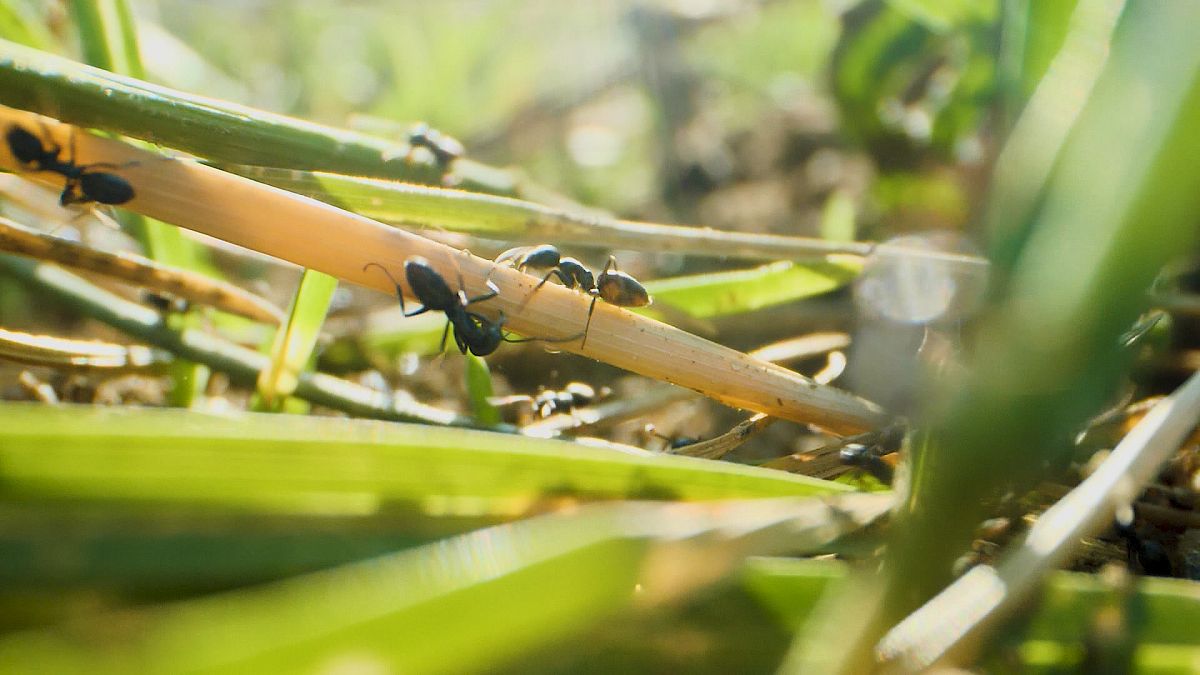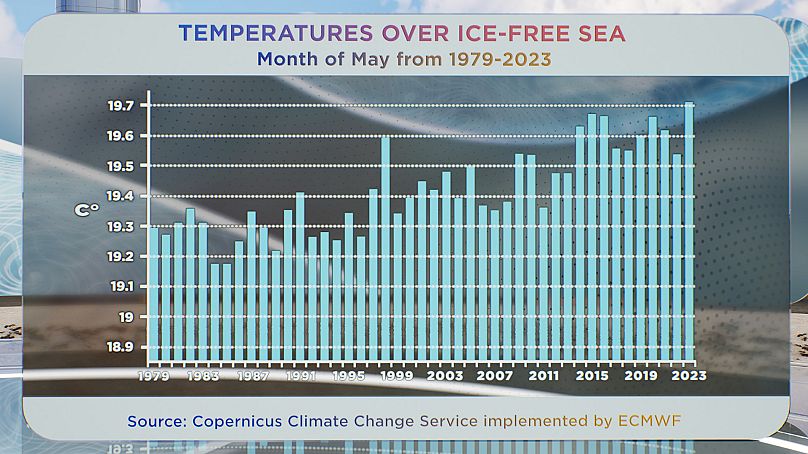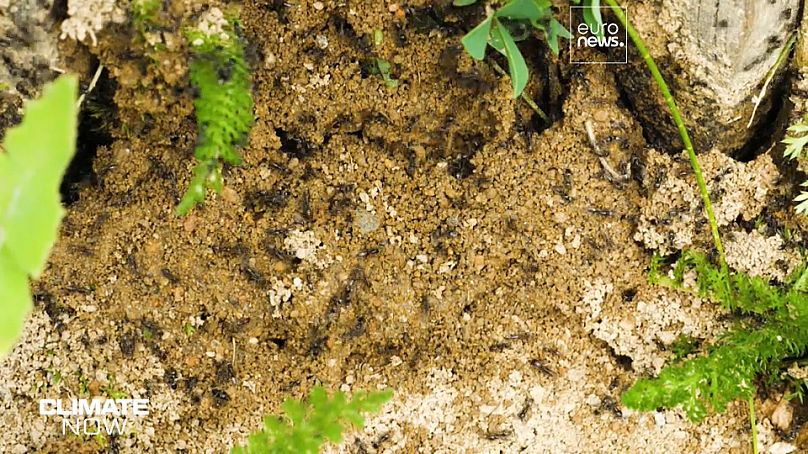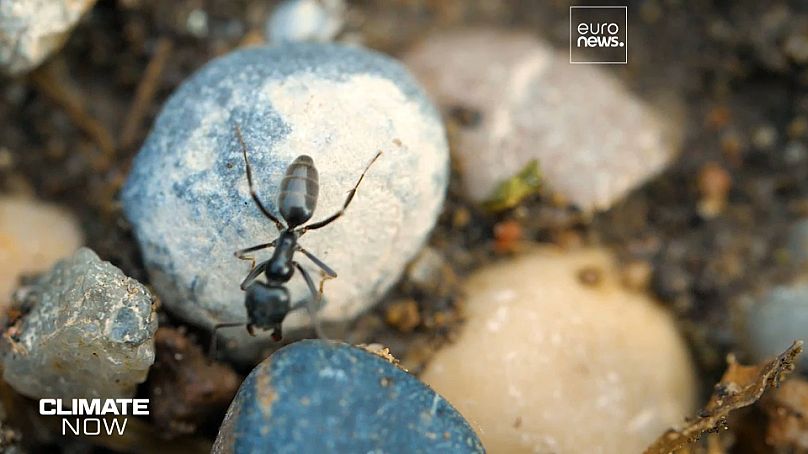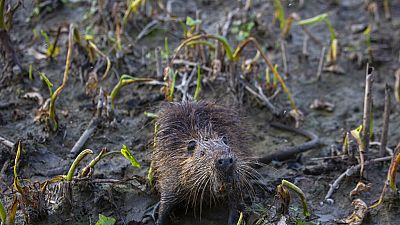Climate Now investigates how warmer winters and sunnier springs are encouraging the spread of exotic species of ant to western Europe.
Welcome to this month's Climate Now update, providing insights into what's really happening to our planet. In our report this month we focus on invasive species of ant from southern Europe now colonising cities all the way up to the Netherlands. But first a quick look at the figures for May.
How is the Climate Changing?
According to the latest data from the Copernicus Climate Change Service, the past month of May tied as the joint second warmest on record. The global temperatures were 0.4 degrees Celsius above the 1991-2020 average.
When analyzing the map of temperature anomalies for May, the data showed that European temperatures were largely average. Meanwhile, Canada, the northern US, and certain regions over the Pacific saw significantly higher temperatures.
Of note is the warming over the Pacific Ocean. This is indicative of a returning El Niño pattern characterized by warmer water. Concurrently, the month of May 2023 marked a record-breaking warmth in the ice-free regions of the ocean, the highest sea surface temperature since the inception of satellite measurements.
Invasion of the Ants
Invasive ant species from the Mediterranean are proving to be more resilient, managing to survive further north as winters in Europe become milder and long frosts rare. New colonies are popping up across western Europe, including in the French city of Lyon.
An unlikely spot for ant hunting turned out to be a center for arts and culture on a former industrial site. Two scientists, tasked by local authorities to find these pests, discovered colonies of an ant species called Tapinoma Magnum around the imported trees at the site. Ecology student Néo Boinon suggests that exotic plants are one of the primary vectors for invasive ants, enabling them to infiltrate new cities.
The Tapinoma Magnum, native to the Mediterranean basin, has now colonized urban areas in France, Belgium, Germany, and the Netherlands. While it doesn't cause painful stings, this invasive species poses a nuisance to local people and decimates indigenous ant populations.
Scientist Bernard Kaufmann warns that Europe should brace itself for more invasive species, like the South American electric ant, as the planet continues to warm. The electric ant has already arrived in the French city of Toulon, and many believe it will spread further in the coming years.
So, can we get rid of these invasive ants? Chemical treatments can be effective on a smaller scale, but the best approach is prevention, making sure that invasive species haven't colonized imported plants and trees.
